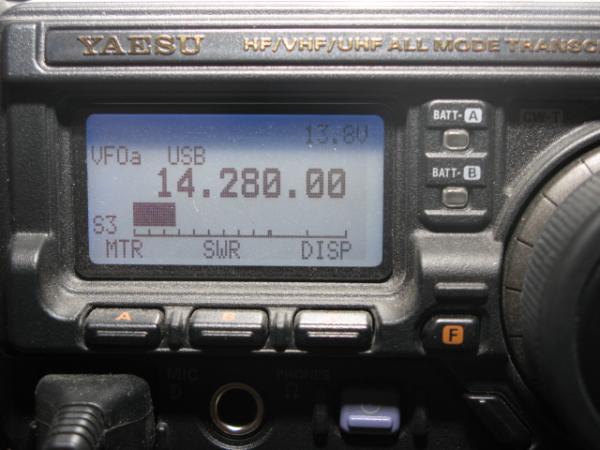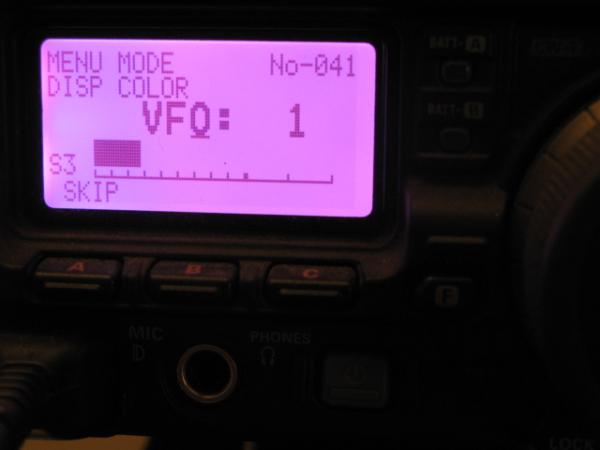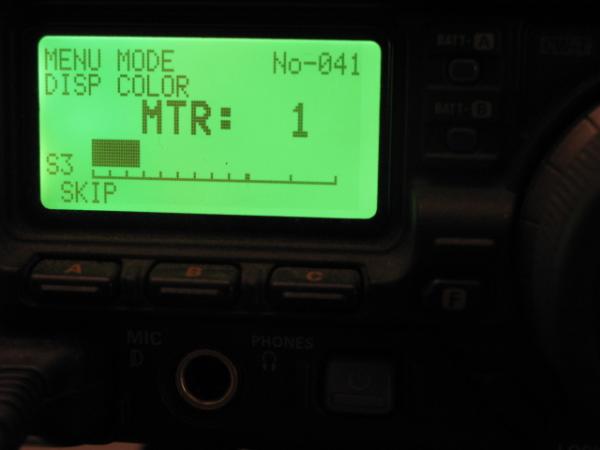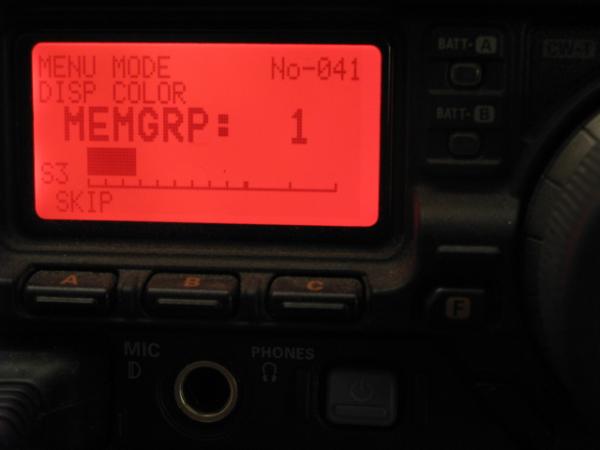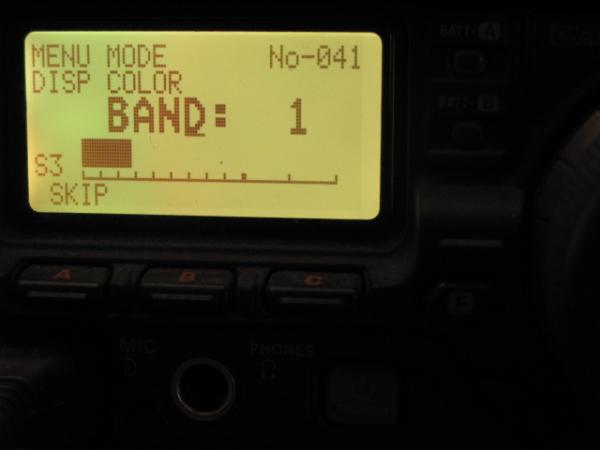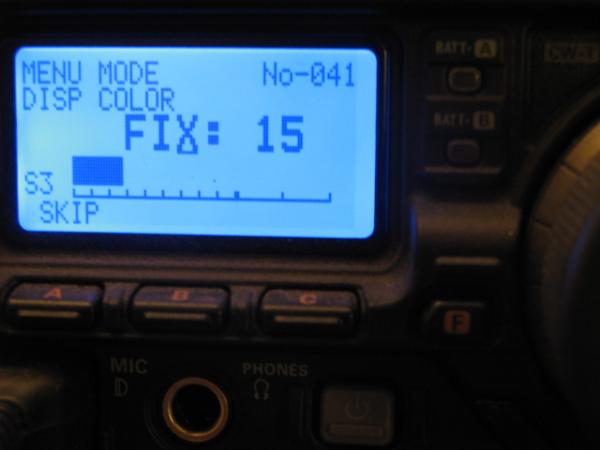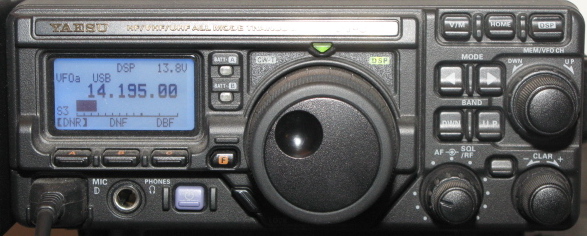I've had this radio for a little over a year now and have enjoyed it quite a bit. Since I haven't come across a good review meant for us "average types", I figured I would start one up. I know there are a few people on the site who also have this radio or have had it in the past, so feel free to add to it.
At the time of this writing, this radio is selling for $769. When I bought it, I paid around $850 for it. The rig is advertised as the first multimode portable/base that is capable of 100 watts on 1.8-30/50Mhz, 50 watts on 144Mhz and 20 watts on 440Mhz. I was very surprised when I got it that it was really an all mode transceiver on 2 meters and 440! The rig comes with an AF DSP adjustable bandpass filter, auto DSP notch filter, and DSP noise reduction. It also has a built-in high stability TXCO. The high stability TXCO is critical if you're planning on using SSB on VHF/UHF.
I purchased the unit with the optional power supply and later also bought the LDG AT-897D autotuner. I elected to go with the LDG tuner mainly because of the poor comments about the Yaesu tuner on several other ham sites.
Here are a few pics that show the overall dimensions of the rig:
You can see here that the rig isn't much wider than a hand. BTW, both the Yaesu and LDG tuners attach in the same spot.
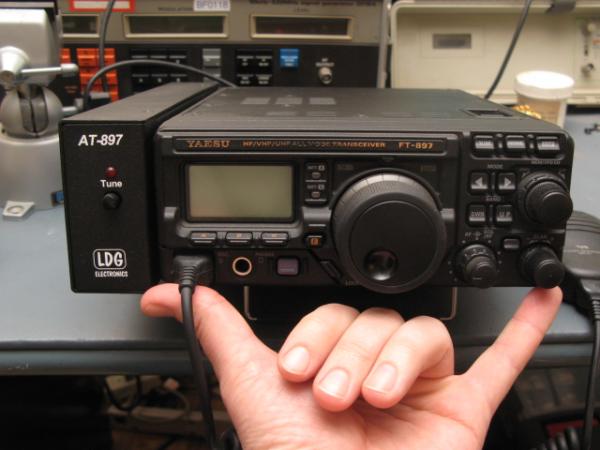
Notice how small the screen is. This has pluses and minuses. We'll get into that in subsequent sections.
Here is a shot from above that shows the depth of the unit. I feel like I'm measuring a horse
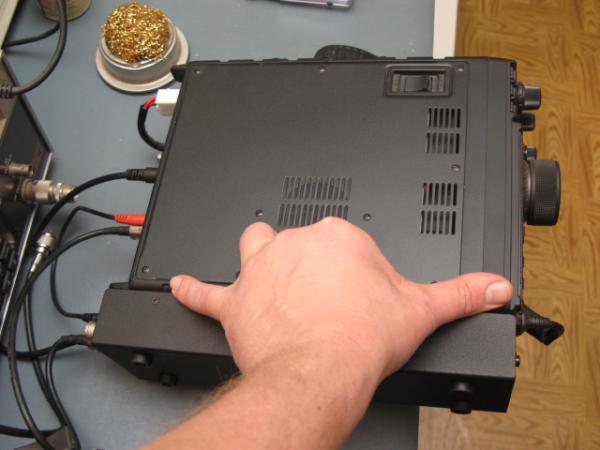
Here is a shot of the optional 20 amp power supply. It really is amazing how they managed to get it into such a small package:
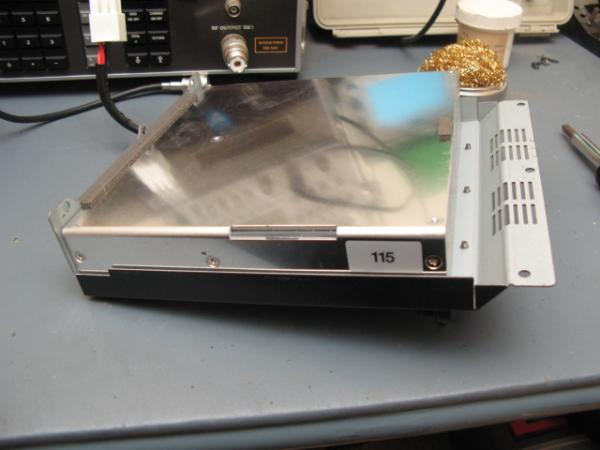
And here is where the power supply attaches to, inside the base of the unit. This is also where the optional battery packs attach if you want to go that route:
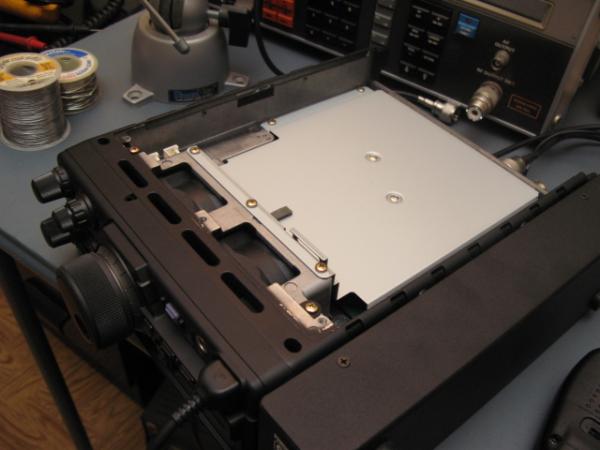
And finally, here is how the bottom of the rig looks when the battery pack is put in place. It adds about 3/4 of an inch to the thickness of the rig:
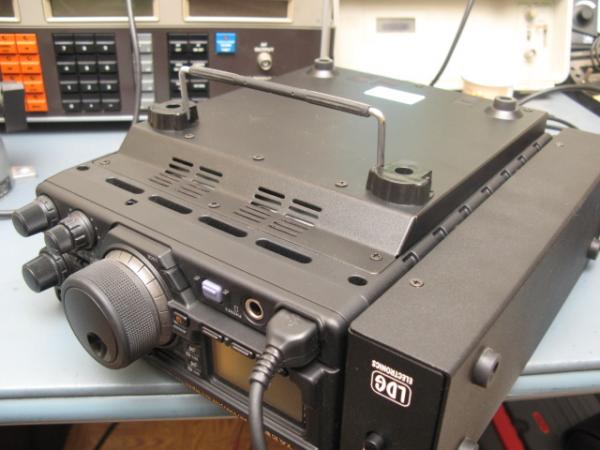
If you decide to purchase the batteries, you need to know that power output is limited to 20 watts on the internal batteries. You can install one or two batteries. The yaesu batteries are a little pricey, but you can get some lesser expensive ones from W4RT.COM. I decided not to get the batteries since I usually have either AC for the power supply or can run the radio off of an external battery in my RV.
As you can tell, there is a lot of stuff packed into a small package and at a very reasonable price. More details about operating the rig coming soon...
At the time of this writing, this radio is selling for $769. When I bought it, I paid around $850 for it. The rig is advertised as the first multimode portable/base that is capable of 100 watts on 1.8-30/50Mhz, 50 watts on 144Mhz and 20 watts on 440Mhz. I was very surprised when I got it that it was really an all mode transceiver on 2 meters and 440! The rig comes with an AF DSP adjustable bandpass filter, auto DSP notch filter, and DSP noise reduction. It also has a built-in high stability TXCO. The high stability TXCO is critical if you're planning on using SSB on VHF/UHF.
I purchased the unit with the optional power supply and later also bought the LDG AT-897D autotuner. I elected to go with the LDG tuner mainly because of the poor comments about the Yaesu tuner on several other ham sites.
Here are a few pics that show the overall dimensions of the rig:
You can see here that the rig isn't much wider than a hand. BTW, both the Yaesu and LDG tuners attach in the same spot.

Notice how small the screen is. This has pluses and minuses. We'll get into that in subsequent sections.
Here is a shot from above that shows the depth of the unit. I feel like I'm measuring a horse

Here is a shot of the optional 20 amp power supply. It really is amazing how they managed to get it into such a small package:

And here is where the power supply attaches to, inside the base of the unit. This is also where the optional battery packs attach if you want to go that route:

And finally, here is how the bottom of the rig looks when the battery pack is put in place. It adds about 3/4 of an inch to the thickness of the rig:

If you decide to purchase the batteries, you need to know that power output is limited to 20 watts on the internal batteries. You can install one or two batteries. The yaesu batteries are a little pricey, but you can get some lesser expensive ones from W4RT.COM. I decided not to get the batteries since I usually have either AC for the power supply or can run the radio off of an external battery in my RV.
As you can tell, there is a lot of stuff packed into a small package and at a very reasonable price. More details about operating the rig coming soon...

